Beginners Guide To Email Marketing For HVAC Businesses
The variety of marketing channels open to the modern HVAC company is vast. From the tried-and-true old-school methods like dropping business cards off at receptionists to cutting edge digital marketing, messages have so many avenues to travel. You need to find one that is a perfect fit for your business, and that provides the greatest return possible.
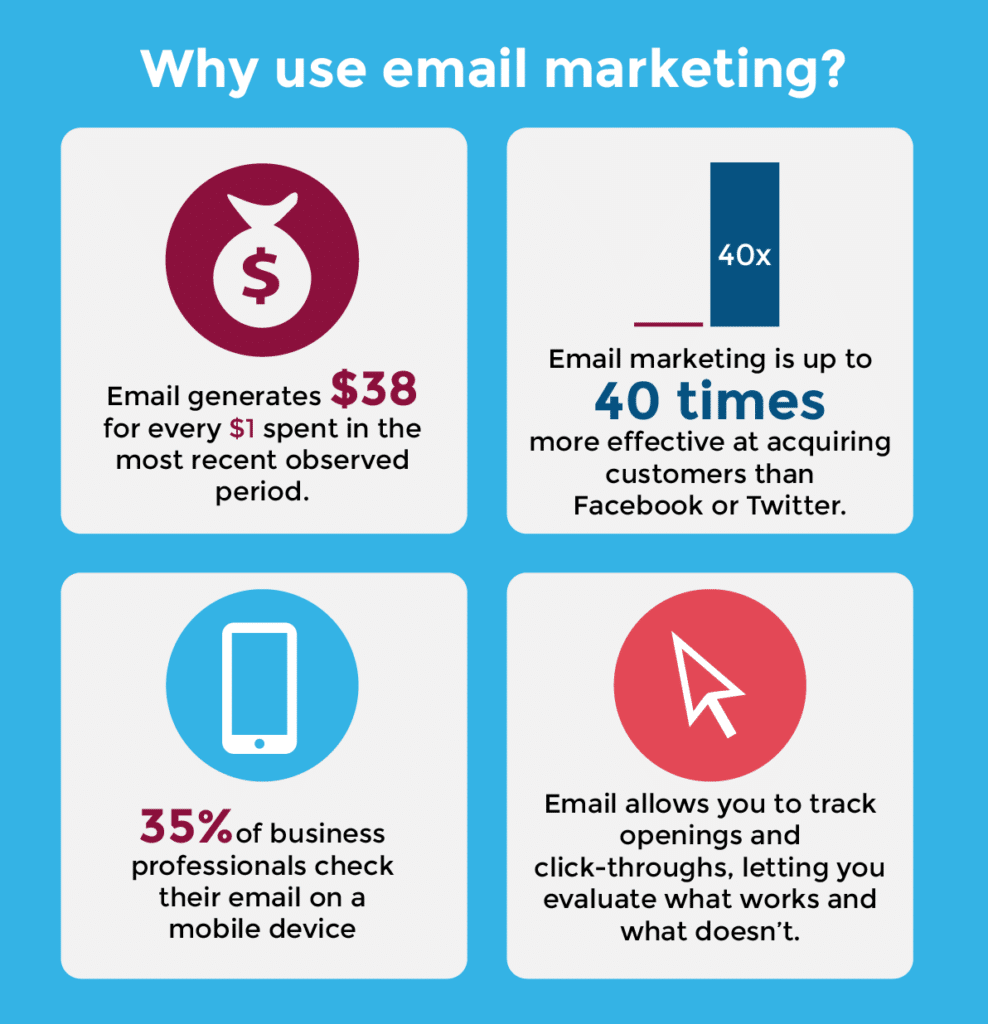
Why Use Email Marketing?
With all of those options out there, why should you be making email marketing your focus? Well, there are a number of reasons:
- Efficient: The key advantage that e-mail marketing provides is Return on Investment (ROI). As Campaign Monitor notes, e-mail has been the leading channel when it comes to ROI. This isn’t a flash in the pan either, it’s been the leader for 10 years, generating $38 for every dollar spent in the most recent observed period.
- Engaging: Various studies and sources argue the exact number, but it’s undeniable that email marketing is more engaging, and results in more conversions. McKinsey claims that email marketing is up to 40 times more effective at acquiring customers than Facebook or Twitter.
- Immediate: In a mobile society, where everyone is attached to their phone, it makes sense to use a channel that can make use of this. As Campaign Monitor noted in a related article, as early as the fourth quarter of 2012 the mobile phone was the preferable environment for email opening. According to Convince and Convert, 35% of business professionals check their email on a mobile device. This means your email marketing messages can have immediate impact.
- Customizable: Unlike many mass-market channels, emails are easily customizable. You’re not just addressing the businesses you work with, you can address the decision maker you are targeting. You can target different segments with specific messages, instead of being stuck with a single catch-all message.
- Measurable: All those statistics above sound impressive. And that’s what makes email marketing a great tool – the ability to gather solid statistics. Traditional off-line methods such as television and print media really can’t measure the conversion percentage of their messages. Email allows you to track openings and click-throughs, letting you evaluate what works and what doesn’t.
- An Opportunity for Automation: Marketing can be a massive investment, not just monetarily, but in terms of man-hours devoted towards creating and maintaining the message. An email marketing campaign can be mapped out for automation, with programs and tools allowing you to designate what messages go to what receivers on what days, in bulk. This can free up your staff to concentrate more on fine tuning the message instead of worrying about how it is delivered.
Getting Started
Before you get moving, you need to set up a foundation for your program. This means two things: a way for customers to sign up, and an email marketing service.
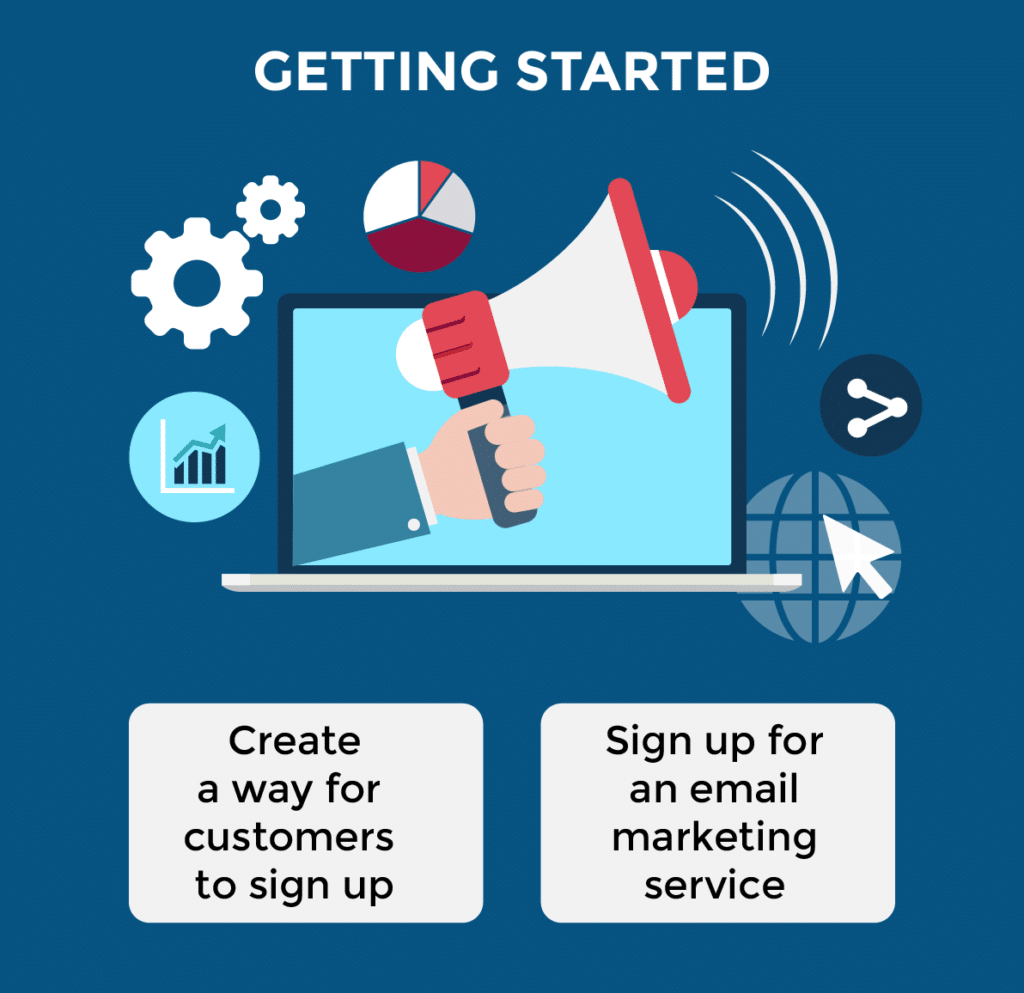 Don’t have time or personnel to manage this? Don’t worry, Brantley offers email marketing packages. We do all of the work and your business reaps all of the rewards. Sounds pretty awesome right? It is! If you want to tackle this yourself, follow these steps:
Don’t have time or personnel to manage this? Don’t worry, Brantley offers email marketing packages. We do all of the work and your business reaps all of the rewards. Sounds pretty awesome right? It is! If you want to tackle this yourself, follow these steps:
Opting In
Getting your audience isn’t just sending an e-mail to purchased mailing lists. This will get your e-mails dumped into the junk folder – and justifiably. Your audience needs to be constructed from people who are ready to invite you into their business because the hope is that, eventually, they will actually invite you into their business.
So how do you go about building an audience for your HVAC business? Inviting potential customers to subscribe is easy, but if you don’t have some sort of bait, you won’t get them to bite. Consider some of these ideas to entice potential customers to sign up:
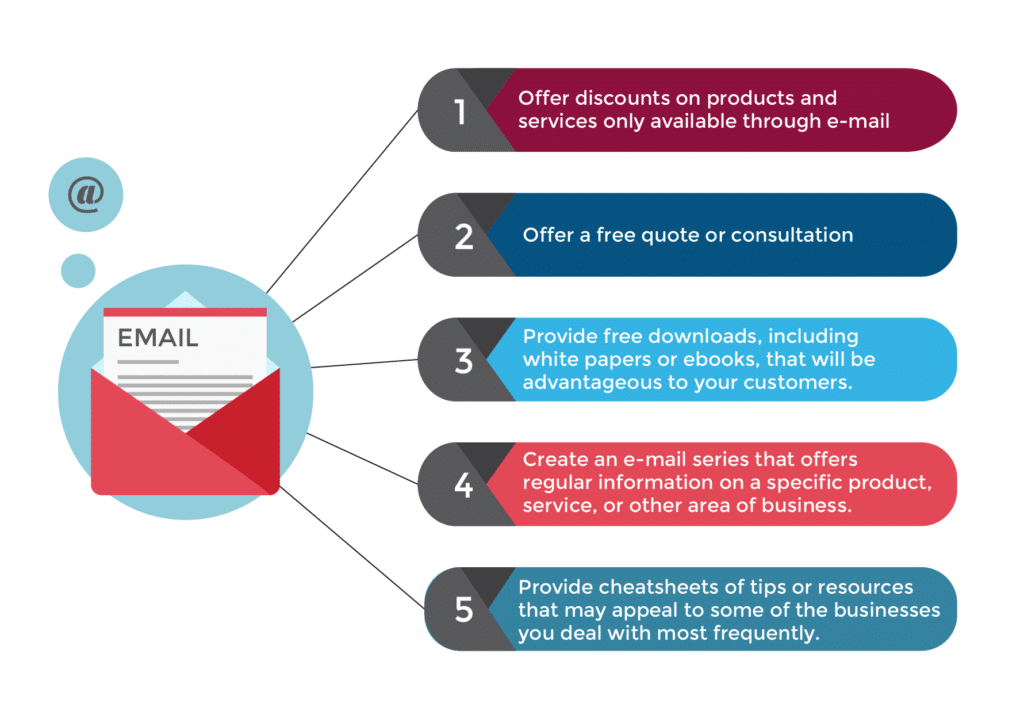 You need to be concise with your offers as well. Don’t just offer an e-mail series, provide specific days that the series will be e-mailed. Provide the customer with information regarding how often they will receive e-mails, the types of offers that may be provided, and the relevance to them.
You need to be concise with your offers as well. Don’t just offer an e-mail series, provide specific days that the series will be e-mailed. Provide the customer with information regarding how often they will receive e-mails, the types of offers that may be provided, and the relevance to them.
Once you’ve got the “how”, you need to figure out the “where”. You need to place your opt-in form in a spot that is regularly seen, but not excessively intrusive. Certain spots are more likely to lead to subscriptions and conversions:
- On a designated sign-up page.
- As an exit-intent popup.
- In your site’s header or footer.
- In a welcome gate, which is a full screen overlay that pops up when a person accesses your site.
- In a timed lightbox popup.
- On one of your high-traffic pages, including the About page or on a designated sign-up page.
- In a floating bar that is attached to the top or bottom of a visitor’s screen, and scrolls along with them.
- On a designated sign-up page that is linked throughout the main menus of your site.
- On your blog archive page or within your blog posts themselves.
The exit-intent popup is extremely efficient, with Conversion Sciences estimating that they convert at up to a 9.7 percent rate.
When you have potential clients signing up, you’ll need a way to manage your lists, your email blasts, keeping track of click-throughs, list segmentation, and so much more that comes with successful email marketing. This is where an email marketing service comes in. There are plenty out there – marketing services such as AWeber, Constant Contact, and MailChimp. These are large, veteran service providers, although you will want to consider your needs.
Smaller marketing services that target themselves towards specific niches may be the better fit. While those agencies are managing businesses across a vast spectrum, an agency like Brantley Agency better understands the needs of an HVAC business. Bigger isn’t always better. Make sure your email marketing service has specific abilities that will be important to you as you grow.
Email List Segmentation
Segmentation is the idea of breaking your subscribers into significant groups. There are no set groups that are recommended – you’ll need to have an idea of your customers, and what may appeal to some of them. Consider groupings such as:
- Length of Subscription – New subscribers will be looking for a welcome email or series soon after joining, which would be useless to long-term subscribers.
- Preferences – Consider adding survey options to the opt-in that would let subscribers choose what they want to hear about. Some may be more interested in white papers, others may only want deals or specials.
- Location – You may want to provide specific information based on where customers are located.
- Engagement Rate – Reward your more engaged subscribers with special offers, or send special offers or information to low-activity subscribers to boost their engagement.
- Optin Catch – Keep track of what offers or magnets lead subscribers to actually sign up, and group them accordingly. Chances are, if someone signed up because of a white paper offer, they’ll want to continue receiving emails including white papers.
- Device Habits – Emails read differently on mobile devices versus desktops and laptops, so consider having different segments that allow you to send e-mails with formatting that will work better with your customer’s device habits.
- Website Activity – Monitor where your subscriber clicks to on your website, and segment them based on where they generally go.
- Company Position – You may have customers sitting in different positions within their companies. Some may be high-level decision makers, some may be more towards the hands-on operations role. Every position has certain pain points or desires.
Segmentation success isn’t just anecdotal – MailChimp provides some serious statistic support for this. Users noted that segmented campaigns provided 14.31% more openings, 4.65% lower bounce rate, and 9.37% lower unsubscription rates than non-segmented campaigns.
Crafting the Right E-Mails
It’s been over two decades since Bill Gates told us that content is king, but the idea is as true today as it was then. At the heart of every e-mail campaign you must have quality content. As a company, you aren’t just a purveyor of HVAC solutions, you need to be a creator of useful information that is pertinent to your customers.
The good news is, there is a wealth of information out there, and an incredible talent pool of researchers, writers, graphic design artists, and other creatives looking for work. You’re an expert in the HVAC field, but knowledge is not always easy to translate. These are the folks that can take your knowledge and dress it up to appeal to your clients.
Building
Your email marketing campaign has the end goal of creating and growing leads, but you can’t make every single email a sales email. That’s a great way to get a mass of unsubscribe clicks, real quick. Instead, provide the reader with value.
- Provide useful and timely information.
- Use reader-forward language – don’t sound like a soulless company, provide character and use everyday language that is easy to understand and process.
- On the flip side, don’t get too familiar. Overusing names or titles can get a little creepy. It’s great to address the email to the person directly, but if you use a name or title more than once or twice in an email, it starts to sound stilted and stalkerish.
- Pay attention to formatting – make your email easily scannable by using the same ideas as you would in a blog post or on a web page. This means utilizing headers, boldface type, numbered or bulleted lists, and other formatting that draws the eyes to key points.
- Provide images as well as words, as many readers will be turned off by long blocks of text-only. Pictures, infographics, and other bursts of color will make your email more appealing and will hold the attention of your reader.
- Make sure your emails are on-brand, fitting with the rest of your content and internet presence.
Find good sources for ideas to work off of – there are plenty of news sites out there specifically for the HVAC industry. The Air Conditioning, Heating and Refrigeration NEWS is a great place to start, as they will always have pertinent, current information that you can expand from. Other sources include HVAC & Refrigeration Insider Online, HVACR Business, Supply House Times, Engineered Systems Magazine, and Contractor. If you’re not already reading these for your own HVAC business, well, get on it!
You also need to consider that you will need to provide consistent content. You can’t send sporadic emails only when you have something to say, you need to be regular. This means planning out and rationing your content weeks or even months ahead of time. If you disappear from mailboxes, your readers may start to let your HVAC business fade from their radar. So don’t blow all your good ideas early on – hold some back to stay at the forefront of your readers’ minds.
Testing
Test everything. Have emails sent to your personal address or the addresses of coworkers to ensure that they are delivery-ready. Does it go to your inbox, or to a spam folder? Does the subject line appear correctly? Do you or co-workers note any errors that weren’t caught in the creation and editing process? Do all the links work correctly and direct the reader to the correct spot?
Testing is your last chance before your email it goes live. Don’t skip it or skimp on it.
Setting the Hook
No matter what is inside the email, you need to set the hook with a solid subject line. A bad subject line can turn away your HVAC customers, get the email ignored, get your email sent to the junk bin, or worst of all, prompt people to unsubscribe. Here are some hints for writing a subject that will get your readers to open the email.
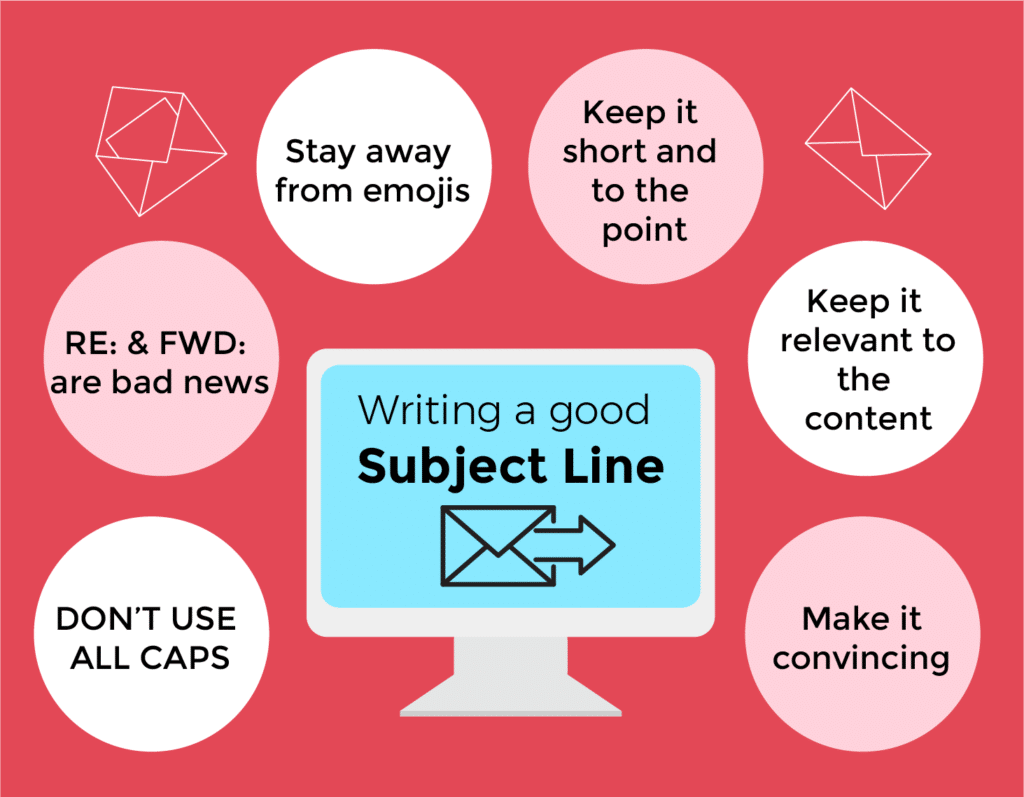
- DON’T USE ALL CAPS. It’s shouting. No one likes being shouted at.
- Stay away from emojis, excessive or odd punctuations, slang, or text shorthand. These are professionals you’ll be addressing.
- RE: and FWD: are also bad news. It is misrepresentation. You’re trying to build trust, not weaken it.
- Make it short, clear, and to the point. Twitter might let you use 140 characters, but a good subject line should be a third of that at most.
- Make sure it is relevant to the message within. Click bait will ensure that customers never open one of your emails again.
- The simplest hint? Write a subject that would convince you to open it.
A good subject line does one thing – drive openings.
Analytics and List Management
As we delve towards the more advanced area of the spectrum, you’ll need to consider analytics to grow your campaign over time. Having the right information, analyzing it, and knowing the context of the numbers will let you mold your message, fine-tune your segmentation, and dictate further content.
Types of Analytics
There are a variety of analytics you can study, but the four most important ones are click-through rate, conversion rate, bounce rate, and list-growth rate.
 Click-through Rate is the percentage of email recipients who clicked on one or more links contained in a given mail.
Click-through Rate is the percentage of email recipients who clicked on one or more links contained in a given mail.- Conversion Rate is the percentage who not only clicked on one or more links, but acted following that on a desired action, such as scheduling a service, entering product information requests, or similar.
- Bounce Rate is the percentage of total emails that could not be successfully delivered. Unfortunately, a high bounce rate can trigger an ISP to think of your company as a spammer. Remove hard bounces – invalid, closed, or non-existent email addresses – as soon as possible from your mailing lists.
- List-Growth Rate is simply tracking the growth or decline of your mailing list. Database decay is a real, unavoidable thing. You need to regularly be driving for leads to refresh your mailing list. A better mailing list is a longer reach, positioning your company better for an increase in business.
Other metrics such as open rate and unsubscribe rate are usable, but not always useful. For instance, you may have a very low unsubscribe rate, but if you also have a very low click-through rate, it may mean that your emails are getting put straight in the trash or junk folder.
A high open rate doesn’t mean your message is working, just that the email is being opened. However, emails are often only counted as “opened” if the images imbedded in the message are received, a problem if many of the companies you work with use image-blocking in their email client. Both these factors make open rate an unreliable metric.
What to Do With Metrics
Once you have the information, you’ll need to use it. Analytics is a pretty deep rabbit hole to go down, which is why most HVAC businesses hire professionals who are experts in the field. That being said, you can use combinations of metrics for a variety of things.
Low open rate? When coupled with a low bounce rate, this indicates your readers are skipping your e-mails. Try working with your subject lines and conduct A/B testing to see what subject lines create more openings. Vary the time of day they are being sent out. Make sure that the autoresponders being sent are really relevant to the list that is getting them.
Low click-through rate with a high open rate? Your message isn’t targeted enough, and your copy needs to be improved. Work more on supplying quality content. Have you offered real value in your e-mail? Is the call-to-action clear, and is the click-through link easy to find?
Rapid decline in list growth rate? Review your recent emails and see if a specific e-mail or piece of content has lead to readers turning away. Review why people signed up for your list, what list segment you put them in, and see if you have moved away from why they signed on in the first place. It’s possible you have moved away from “value” emails and more towards sales emails.
Low conversion rate? Maybe it’s time to think less about growing your list, and more about growing your leads.
Using and tracking the right metrics can help you fine-tune your marketing campaign and move forward, improving the chances of the results you are looking for. You need to be cautious however, understanding that metrics are a result of a combination of all the moving parts in your campaign. There is no guaranteed fix. But they can be used to start nudging your email marketing in the right direction.
The end goal of all of this is to build a program that will allow you to keep customers in contact, bringing them back to you for their HVAC needs time after time. Email marketing for your HVAC business can be an incredible tool, providing you have the ability and understanding to make it work. If it seems too daunting, don’t worry – that’s what we here at Brantley Agency are here for.


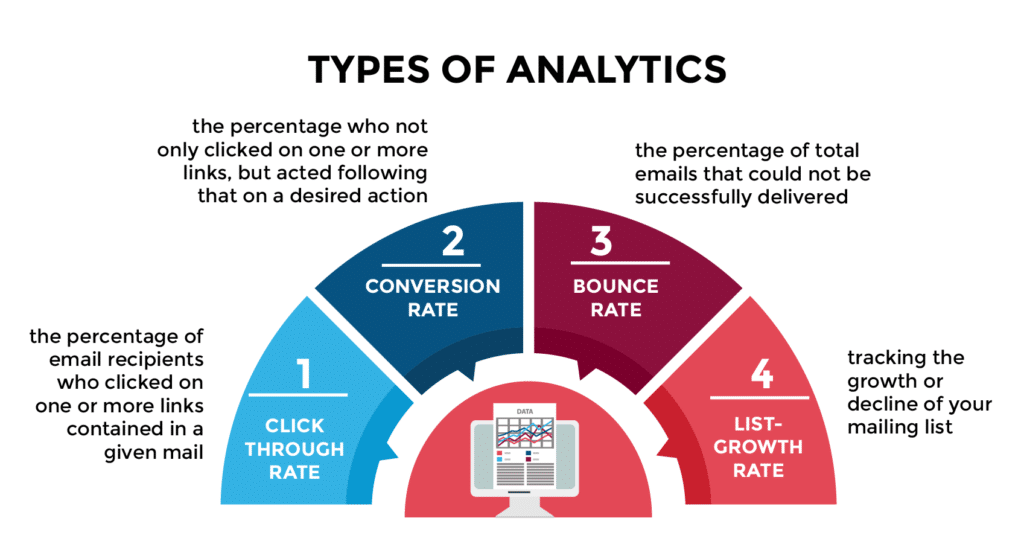 Click-through Rate is the percentage of email recipients who clicked on one or more links contained in a given mail.
Click-through Rate is the percentage of email recipients who clicked on one or more links contained in a given mail.